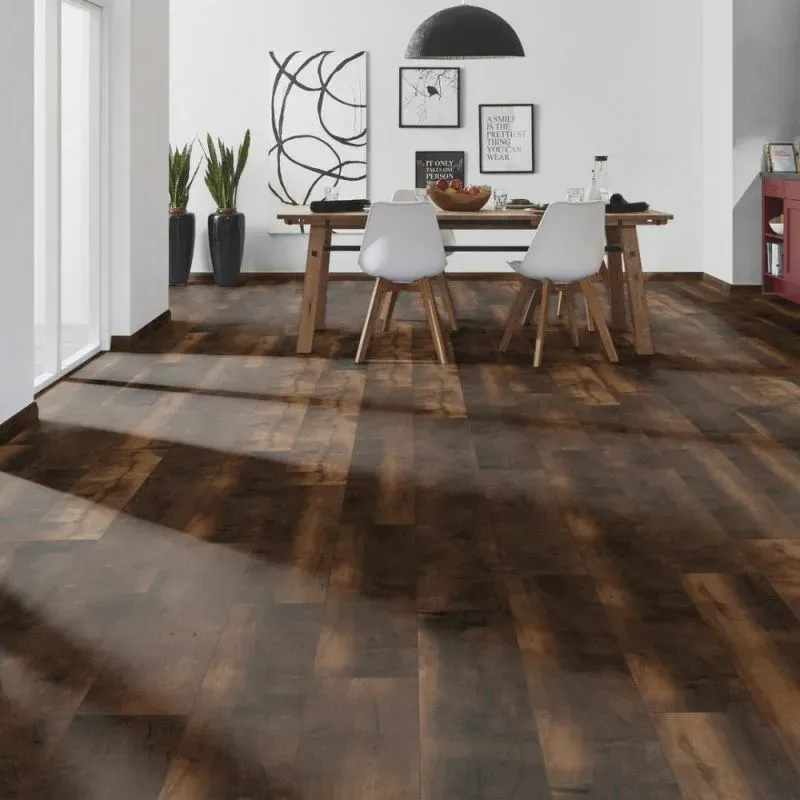conventional flooring
Understanding Conventional Flooring A Comprehensive Guide
Flooring is one of the most critical components of interior design, setting the foundation for the overall aesthetics and functionality of a space. Among the various types of flooring options available today, conventional flooring stands out as a trusted choice for both residential and commercial projects. This article aims to delve into the characteristics, benefits, and considerations of conventional flooring.
What is Conventional Flooring?
Conventional flooring refers to traditional materials that have been used for decades, including hardwood, laminate, vinyl, tile, and carpet. These materials are well-known for their durability, versatility, and classic appeal. Unlike newer options such as luxury vinyl planks or engineered flooring, conventional choices often provide a more authentic look and feel.
Types of Conventional Flooring
1. Hardwood Solid hardwood flooring is made from real wood, offering unmatched beauty and warmth. It can be sanded and refinished multiple times, extending its lifespan. However, hardwood is sensitive to moisture and may not be suitable for all areas, such as bathrooms or basements.
2. Laminate Laminate flooring mimics the appearance of wood or stone at a more affordable price. It consists of a high-density fiberboard core with an image layer printed on top and a protective overlay. While laminate is resistant to scratches and stains, it may not have the same longevity as solid hardwood.
3. Vinyl Available in tile, planks, or sheets, vinyl flooring is a versatile option that can mimic the appearance of wood, stone, or ceramic tiles. Known for its water resistance and easy maintenance, vinyl is an ideal choice for high-moisture areas. It is also softer underfoot than other materials, making it comfortable for prolonged use.
4. Tile Ceramic and porcelain tiles have been traditional flooring materials for centuries. They are highly durable and can withstand heavy traffic, making them suitable for kitchens and bathrooms. Tile is also easy to clean and resistant to moisture, but it can be cold and hard underfoot.
5. Carpet Offering warmth and comfort, carpet remains a popular choice for residential spaces, especially in living rooms and bedrooms. It comes in a variety of textures, colors, and patterns. However, it requires regular cleaning and maintenance to keep it looking fresh, and it may not be suitable for those with allergies.
Benefits of Conventional Flooring
1. Durability Many conventional flooring options, such as hardwood and tile, are known for their long-lasting properties. With proper care, they can last for decades, making them a sound investment.
conventional flooring

2. Aesthetic Appeal Conventional flooring tends to offer timeless beauty that can complement various design styles. Whether you prefer a rustic hardwood look or elegant ceramic tiles, there is a conventional option to fit your vision.
3. Resale Value Homes with high-quality conventional flooring often see an increase in resale value. Buyers appreciate the classic appeal and durability of these materials.
4. Versatility Conventional flooring can be used in various settings, from homes to offices and retail spaces. They come in numerous designs to suit different tastes and functional requirements.
Considerations
While conventional flooring has its advantages, there are several factors to consider when selecting the right material for your project
- Installation Costs Some flooring types, especially hardwood and tile, may require professional installation, which can add to the overall expense.
- Maintenance Different materials have varying maintenance needs. For instance, hardwood requires refinishing, while carpet needs regular vacuuming and occasional deep cleaning.
- Environmental Impact Many conventional flooring products are derived from natural resources. Opting for sustainably sourced materials or recycled products can minimize environmental impact.
- Comfort and Functionality Consider the specific needs of your space. For example, choose vinyl or carpet for comfort in living areas, while tile may be more suitable for kitchens and bathrooms due to its moisture-resistance.
Conclusion
Conventional flooring remains a popular choice for many homeowners and businesses due to its durability, aesthetic appeal, and versatility. By understanding the various types of conventional flooring and their respective benefits and considerations, you can make an informed decision that enhances your space’s beauty and functionality for years to come. Whether you opt for the elegance of hardwood, the practicality of vinyl, or the timelessness of tile, conventional flooring offers a foundation that is not only aesthetically pleasing but also remarkably resilient.
-
Waterproof Advantages of SPC Flooring Vinyl in KitchensAug.06,2025
-
SPC Hybrid Waterproof Flooring Thickness GuideAug.06,2025
-
Leveling Subfloor Before My Floor SPC InstallAug.06,2025
-
How Mesh Deck Skirting Improves Outdoor Pest ControlAug.06,2025
-
Choosing the Right Commercial Flooring for Your Business NeedsAug.06,2025
-
Choosing the Best Residential Flooring: A Comprehensive Guide to Style, Durability, and ComfortAug.06,2025




